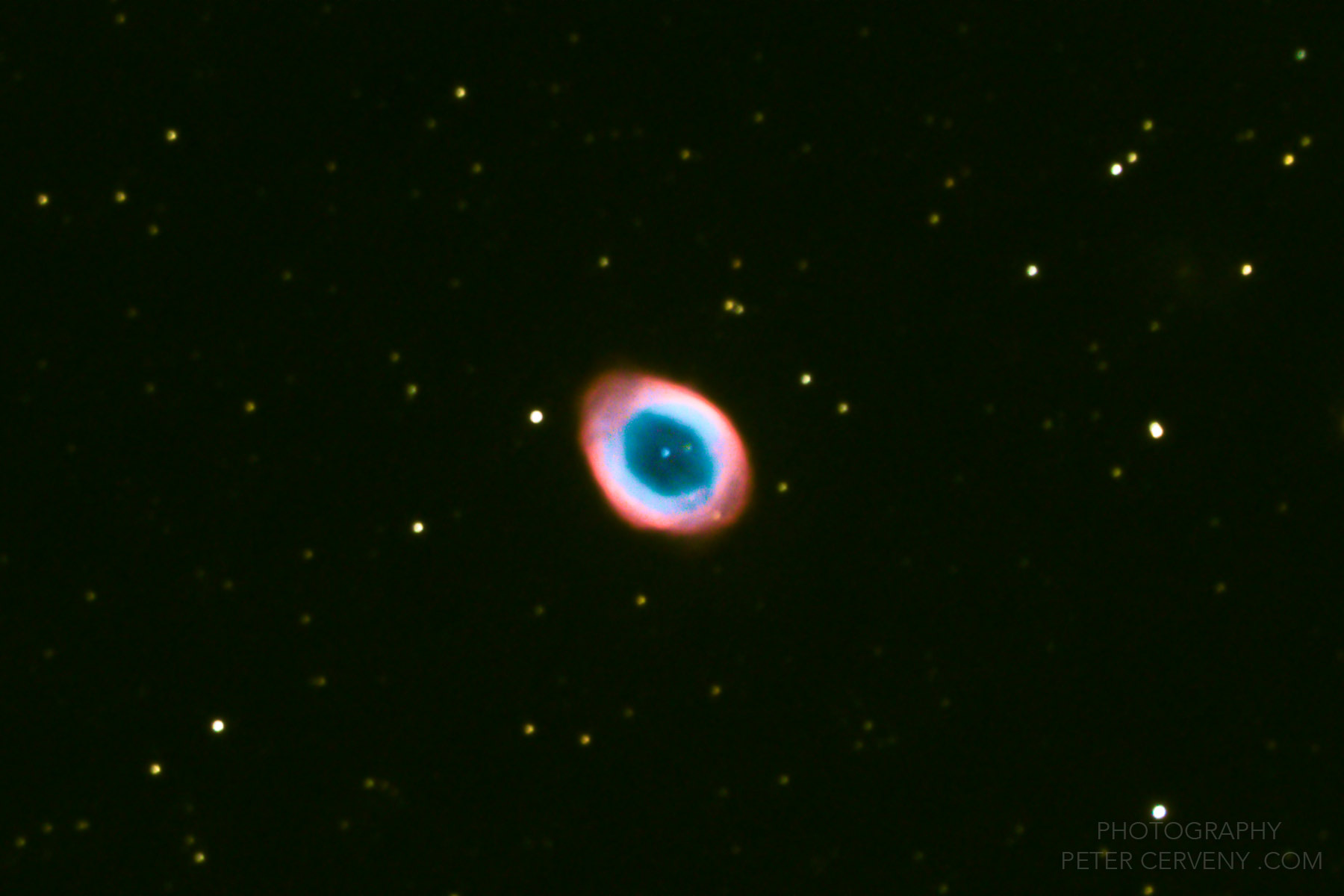Overview Grid
Nebulae Info
v Scroll menu for more v
- Caldwell 49 Rosette Nebula
- GUM 37 Southern Tadpole Nebula
- IC434/B33 Horsehead Nebula
- IC443 Jellyfish Nebula
- IC1396A Elephant's Trunk Nebula
- IC4592 Blue Horse Head Nebula
- IC4604 Rho Ophiuchi Nebula
- IC5070 Pelican Nebula Closeup
- Large Magellanic Cloud
- LDN43 The Cosmic Bat Nebula
- M1 Crab Nebula
- M8 Lagoon Nebula
- M16 Eagle Nebula
- M20 Trifid Nebula
- M27 Dumbbell Nebula
- M42 Orion Nebula
- M57 Ring Nebula
- M78 Reflection Nebula
- NGC1977 Running Man Nebula
- NGC2170 Reflection Nebula
- NGC2264 Christmas Tree Nebula
- NGC2359 Thor’s Helmet Nebula
- NGC3372 Eta Carina Nebula
- NGC3576 Statue of Liberty Nebula
- NGC5367 in CG12 Nebula
- NGC6188 Firebird Nebula
- NGC6334 Cat´s Paw Nebula
- NGC6559 Reflection Nebula
- NGC6820 Emission Nebula
- NGC6960 Western Veil Nebula
- NGC6992 Eastern Veil Nebula
- NGC7000 North America Nebula
- NGC7293 Helix Nebula
- NGC7380 Wizzard Nebula
- NGC7635 Bubble Nebula
- RCW85 Nebula
- Rho Ophiuchi cloud complex
- Sh2-136 Ghost Nebula
- Sh2-308 Dolphin Nebula
- Simeis147 Spaghetti Nebula
Galaxies Info
v Scroll menu for more v
- M31 Andromeda Galaxy
- M51 Whirlpool Galaxy
- M66 Galaxy
- M81 Bode's Galaxy
- M82 Cigar Galaxy
- NGC891 Silver Sliver Galaxy
- NGC1365 Fornax Propeller Galaxy
- NGC1566 Spanish Dancer Galaxy
- NGC3628 Hamburger Galaxy
- NGC4038/39 Antennae Galaxies
- NGC5078 Galaxy
- NGC5128 Centaurus A Galaxy
Clusters Info
v Scroll menu for more v
- Albireo Beta Cygni
- Hyades
- M13 Hercules Globular Cluster
- M45 Pleiades
- M37 Salt and Pepper Cluster
- M44 Open Cluster
- M103 Open Star Cluster
- NGC884/869 Double Cluster
- NGC2516 Diamond Cluster
- NGC3532 Wishing Well Cluster
- Noctilucent Clouds
- Perseid Meteor
Overview Grid

M57 is 2,570 light-years from Earth. It has a visual magnitude of 8.8v and photographic magnitude of 9.7p. Photographs taken over a period of 50 years show the rate of nebula expansion is roughly 1 arcsecond per century, which corresponds to spectroscopic observations as 20–30 km s−1. M57 is illuminated by a central white dwarf or planetary nebula nucleus (PNN) of 15.75v visual magnitude.
All the interior parts of this nebula have a blue-green tinge that is caused by the doubly ionized oxygen emission lines at 495.7 and 500.7 nm. These observed so-called "forbidden lines" occur only in conditions of very low density containing a few atoms per cubic centimeter. In the outer region of the ring, part of the reddish hue is caused by hydrogen emission at 656.3 nm, forming part of the Balmer series of lines. Forbidden lines of ionized nitrogen or [N II] contributes to the reddishness at 654.8 and 658.3 nm.
Planetary nebula nucleus (PNN)
Within the last two thousand years, the central star of the Ring Nebula has left the asymptotic giant branch after exhausting its supply of hydrogen fuel. Thus it no longer produces its energy through nuclear fusion and, in evolutionary terms, it is now becoming a compact white dwarf star.
The PNN now consists primarily of carbon and oxygen with a thin outer envelope composed of lighter elements. Its mass is about 0.61–0.62 M☉, with a surface temperature of 125,000 ± 5,000 K. Currently it is 200 times more luminous than the Sun, but its apparent magnitude is only +15.75, but very brightly visible on my picture.
| Object | M57 Ring Nebula |
| Constellation: | Lyra |
| Position: | RA 18h 53m 35.079s DEC +33° 01′ 45.03″ |
| Apparent Size: | 1.5 x 1.0 arcmins |
| Apparent Magnitude: | +9.4 |
| Distance in light years: | 2567 ly |
| Photo Data | |
| Date of Expose: | 27.08.2019, 21:25 UTC |
| Location: |
Knottenried/Oberallgäu/Germany (1002m ASL) GPS: 47°36’13“ N / 10°11’24“ E |
| Sky darkness SQM-L | Zenit 21.00mag/sqrsec, Object 21.05mag/sqrsec |
| Telescope: | TS 14" RC f/d 8.0 / 2845mm |
| Camera: | Sony A7Ra (astromodified) @ T sensor = 21.6°C !! |
| Field of View: | 0.72 x 0.48 deg |
| Pixel Scale/Resolution: | 0.35 arcsec/px |
| Expose frames/times: | OSC ISO 3200, RAW 33x30s, 16 darks |
| Total expose: | 16min 30s |
| Filter: | no |
| Mount: | HPS 10Micron GM 3000 |
| Software: | DSS 3.3.4, Photoshop CC |
| Remarks: |
© Photos and photo data by Peter Cerveny
© Object description/intro text fully or partially by Wikipedia,
which is released under the Creative Commons Attribution-ShareAlike 4.0 International License